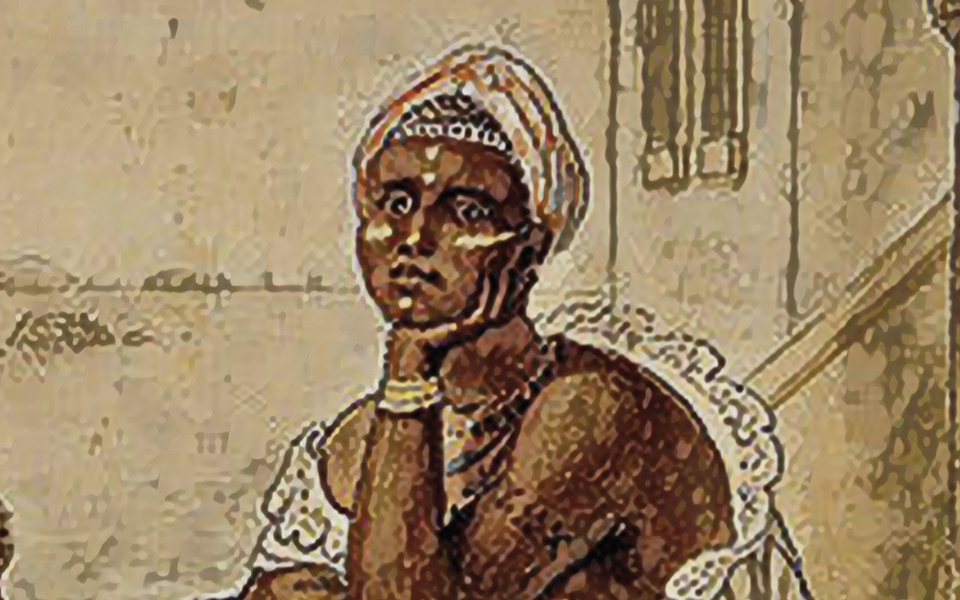
Melancholy in Book IV of Filipe Montalto's Arquipatologia
With the prestige gained from his clinical and scientific work, but especially for having cured the mental disorders of the nanny and wet nurse of Maria de Medici, the Portuguese physician Filipe Montalto was invited to leave Venice, where he lived and practiced, far from his hometown of Castelo Branco, to join the French court and care for the Queen. In 1614, already in Paris, his monumental Arquipatologia was published, whose investigation into mental illnesses was surely the most exhaustive of the time and also one of the most notable since then. In Book IV of this work, specifically dedicated to the definition of melancholy, its causes, and its treatment, we find a large number of questions formulated by the Hippocratic and Galenic tradition regarding the specificity of this condition and the connections that can be deduced between the mind and the body, but also between mental health and the ups and downs of human condition.
Burton and the modes of melancholic observation
The success of The Anatomy of Melancholy, a work that will continue to grow in popularity until Robert Burton's death, is inseparable from a transformation in its cardinal theme. I will argue that this transformation depends on the recurring oscillation of the primacy of "observing melancholy" - which has as its object the physiological imbalance in the quantities and qualities of black bile and the medical pathways of restoration - to melancholy as a "condition of observation", primarily brought about by the author's biographical condition, largely encompassed in the features of academic melancholy and the distant gaze of the Commonwealth, variants of the discontented exclusion considered by L. Babb. Although the dialogic relationship with the reader inherent in the course of The Anatomy is not completely abandoned, it is an interior experience that provides the images and establishes the objectives of discursive articulation. Instead of the emotional passivity that characterizes mortal melancholy, congenital or acquired, as well as the practical categorization of this pathology according to medical discourse, this observation guided by melancholy is marked by a capacity to bear the immediate effects of emotions and creatively re-signify them. It is the particular observation provided by the experience of negative passions, by the reflexivity inherent in the observation of degeneration and/or "loss", that enables an examination of powers that transcends satirical destructiveness and utopian ideality (evident in the preface to The Anatomy), approaching a reformist view of primary institutions of society: medicine, education, economics, and politics. Although sometimes this path leads to the impasses of self-indulgence and resentment, such emotional deviation is the condition of opening up to a deeper meaning of affect and a more comprehensive recognition of the social dimension of passions. According to the assumptions of authors such as W. Lepenies, such psychological and spiritual mediation of melancholic affects allows for the extension of critical modes of observation of social reality. However, Burton's work is marked by a recurring paradox: the suppression of melancholy, stated as the end of different discourses - medical, pedagogical, economic, and political - requires the experience of melancholic observation. The value of melancholic observation resurfaces in historical moments marked by overwhelming optimism - based on the value of humanity (Renaissance), trust in reason (Enlightenment), or technological end(s) of history - periods that consistently generate attempts to suppress (or reduce) the experience of mourning and sadness. In The Anatomy, this becomes particularly interesting if we keep in mind that Burton addresses the possibilities and limits of institutions at a decisive moment of their differentiation. While it is true that the Mundus-Annus-Homo diagram still provides its coordinates and concepts, Burton participates in the revision of the natural and religious foundations that legitimized that horizon.
Organizing Committee
Adelino Cardoso (CHAM)Teresa Lousa (CHAM)
Organization
CHAM / NOVA FCSH







